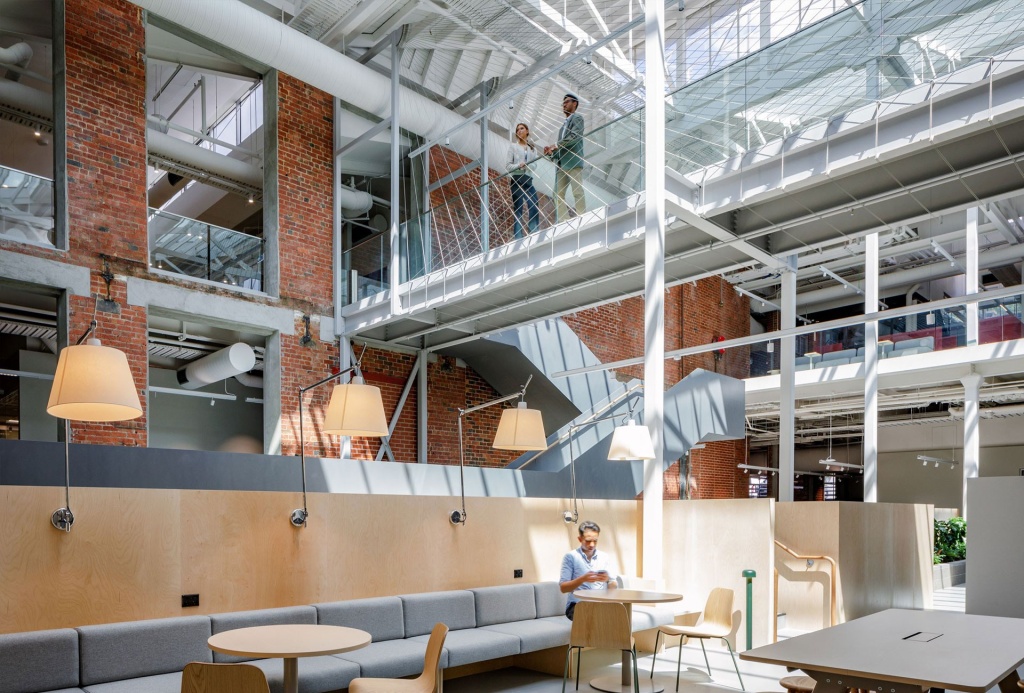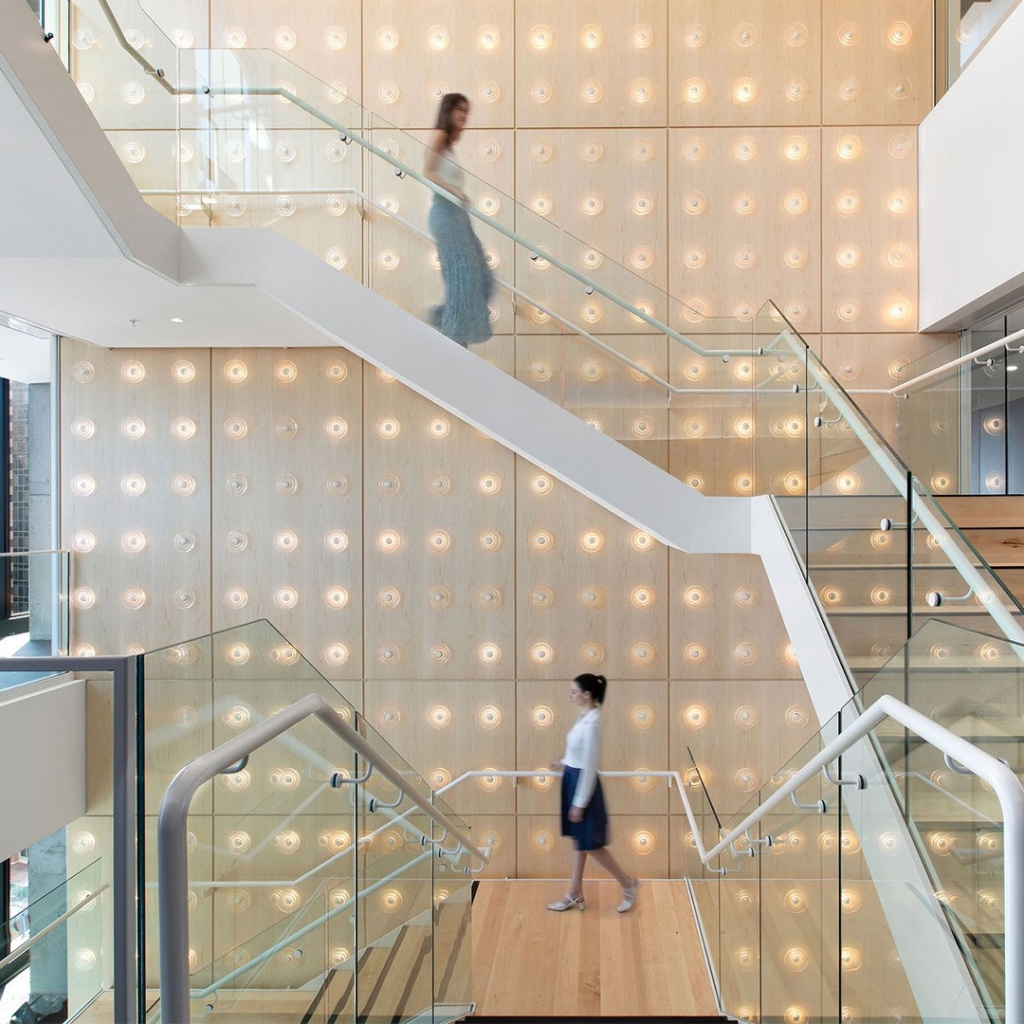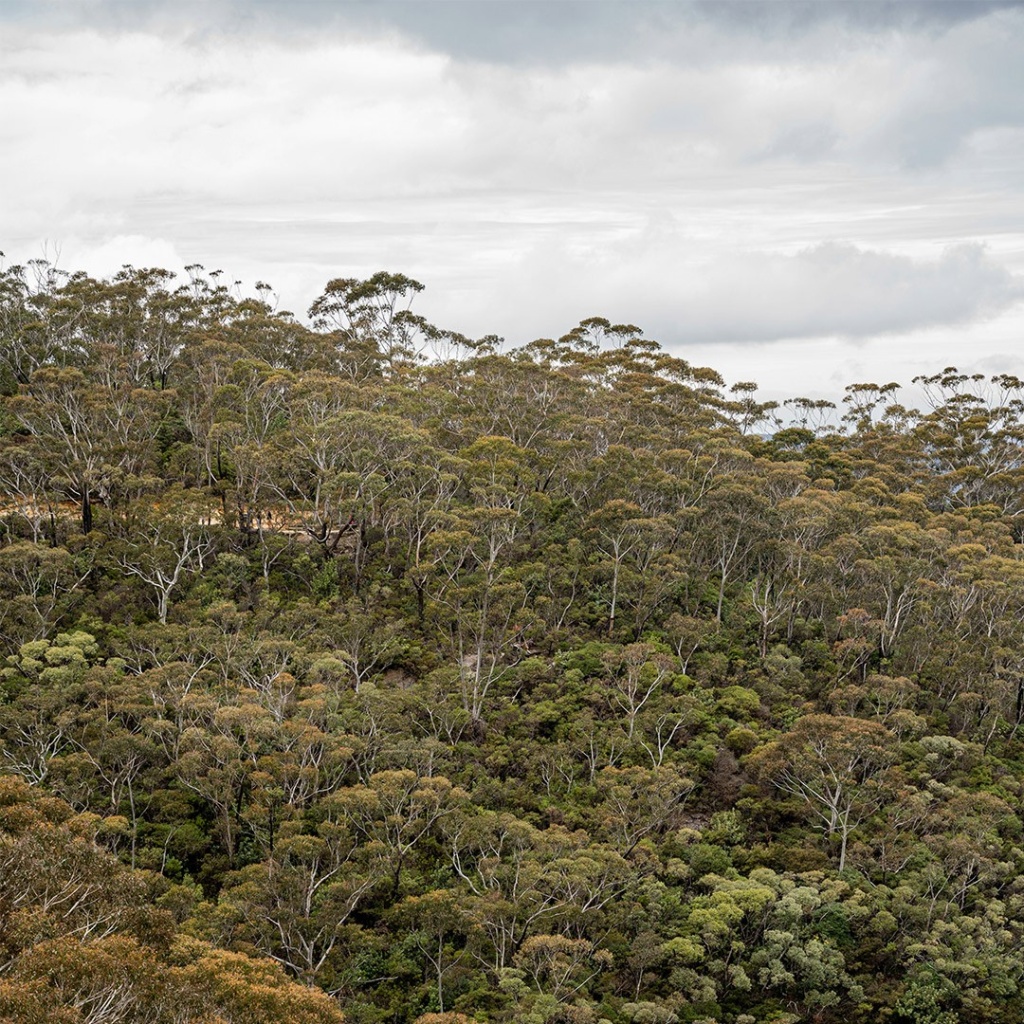For projects requiring a high-quality finish, low iron glass is an excellent choice. This type of glass offers superior clarity due to its increased purity, which is particularly evident in the distinctive blue edge colour. The image here features 12mm and 15mm low iron glass panels, with a standard 12mm panel on the left to highlight the noticeable colour difference.
*Please note that the colours of Low Iron glass may vary depending on the supplier, manufacturing plant, and country of origin. It is essential to obtain and approve samples before proceeding with the project.
**Additionally, proprietary variations of low iron glass, such as Super-Clear and Starfire, are available. As with standard low iron glass, ensure that samples are obtained and approved before project commencement.

















































































